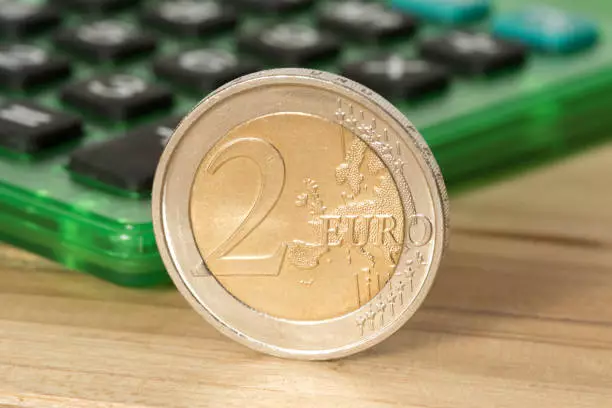The recent uptick in the EUR/USD exchange rate, hovering near 1.1688, reflects a complex interplay of cautious optimism and underlying geopolitical tensions. In an environment where uncertainty prevails, investors appear to be cautiously optimistic about the potential for resolution but remain wary of impending deadlines and political hurdles. The US’s deadline of August 1st for new trade agreements introduces a significant element of risk, pressuring markets to interpret signals of progress or stagnation carefully. US Treasury Secretary Scott Bessent’s remarks alleviating the focus from rigid deadline adherence, emphasizing rather the quality of negotiations, suggest a strategic shift that could introduce some stability. However, it also underscores the fragility of current market sentiments, which are highly susceptible to diplomatic developments and policy signals.
Turning Attention to Policy and Economic Indicators
The spotlight on imminent speeches by Federal Reserve Chair Jerome Powell exemplifies the market’s sensitivity to monetary policy cues. With the US economic landscape experiencing mixed signals—pressure from the White House for rate cuts versus skepticism over such measures—market participants find themselves at a crossroads. The upcoming Fed commentary could serve as a catalyst, either reinforcing the perception of a pause or hinting at future easing measures. Yet, given the historically cautious stance of the Fed, most investors are maintaining a wait-and-see attitude, which contributes to the ongoing volatility. Meanwhile, a sparse economic calendar at the start of the week shifts focus away from economic data and towards macroeconomic threats, geopolitical factors, and global trade tensions, all of which continue to influence EUR/USD trajectories.
Technical Analysis: Navigating Short-term Fluctuations
From a technical perspective, the recent price action on the H4 chart indicates an ongoing battle between bullish correction and potential bearish reversal. The pair’s movement within a consolidation range near 1.1640 suggests indecision among traders. The swift ascent to 1.1716 signals a corrective bounce following a previous decline, yet the indicators hint at a looming reversal. The MACD’s position above zero indicates bullish momentum, but the momentum appears to be waning. Meanwhile, on the H1 chart, the pair’s momentum aligns with the idea of a correction: after hitting 1.1716, it is poised for a pullback towards the 1.1640 support level, only to be followed by another rally to weights near 1.1726. The stochastic oscillator’s downward trend supports this oscillation between upward corrections and downward retracements, reflecting a market that is oscillating on the edge of major trend shifts.
Market Outlook: Caution Amid Potential Opportunities
While short-term indicators lean towards a bullish correction, the overarching trend remains bearish—embedded within a broader context of trade tensions, geopolitical risks, and central bank policies. Resistance levels around 1.1726 are likely to act as barriers, preventing sustained rallies unless significant positive news catalyzes a trend reversal. Market participants should approach upcoming volatility with caution, recognizing that any breakthroughs or failures at these levels could define the next wave of decline or recovery. The current setup exemplifies how technical signals can be at odds with fundamental uncertainties—demanding traders to remain vigilant and adaptable in their strategies.
The mana of the market remains cloudy, haunted by external influences and internal hesitations. While technicals offer glimpses of possible short-term moves, the bigger picture suggests a landscape where patience and strategic flexibility are paramount. Traders must analyze both macroeconomic signals and political developments, understanding that the EUR/USD pair is as much a reflection of global tensions as it is of technical patterns. In this fragile state, only a nuanced approach will enable investors to navigate the turbulent currents of forex trading successfully.

